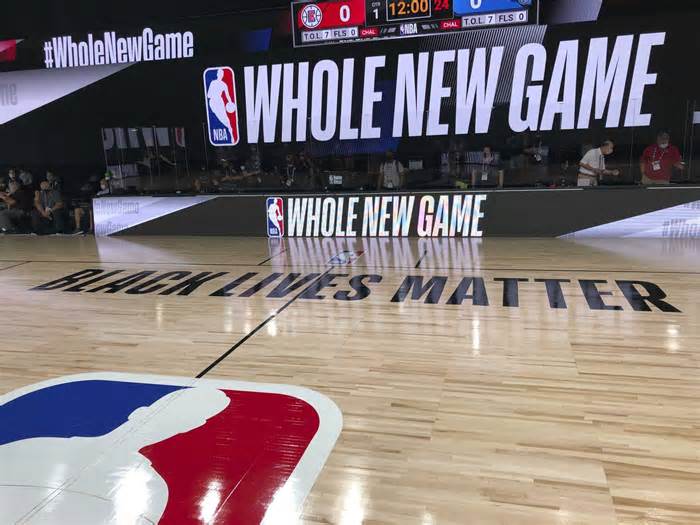We waited long enough. The 41/2-month drought with little or no live sports on television is over.
Major League Baseball’s truncated season opened Thursday night, 60 games in 67 days, followed by a postseason that apparently will allow more than half the teams to qualify.
The NBA has exhibition matches, officially labeled “scrimmages,” underway in its Orlando-area bubble, leading into Thursday night’s resumption of play.
The NHL begins exhibition games Tuesday leading into its “Stanley Cup qualifiers” on Saturday, Aug. 1, as it pares 24 teams down to 16.
As the dog days of August near, there’ll be more to watch than ever in the summer. But keep in mind that it’s not business as usual. No fans, some announcers who’ll be far from the action and winter sports in summer.
Baseball
ESPN got reps on broadcasting without fans with its Korea Baseball Organization early-morning telecasts.
“What we’ve learned in KBO is a little bit of crowd noise certainly goes a long way,” said Mark Gross, ESPN’s senior vice president for production and remote events (and a Troy native).
The network’s A-team of Matt Vasgersian and Alex Rodriguez will call games off monitors in Bristol, Conn.
Among Fox, FS1, TBS, MLB Network and ESPN nationally and SNY and YES regionally, there are 46 TV games in the first 11 days of the season.
Fox, which opens with three games Saturday, is introducing “virtual fans” to its telecasts. Only in 2020.
Basketball
ABC (3), ESPN (17), TNT (18) and NBA TV (14) will cram 52 games into the 16 days that finish off the regular season, followed by two months of playoffs that could have players dribbling and shooting until Oct. 13.
Most of the national announcers will be on site: Mike Breen, Mark Jones, Dave Pasch, Jeff Van Gundy, Mark Jackson, Doris Burke, Lisa Salters and Cassidy Hubbarth of ESPN, and Ian Eagle, Stan Van Gundy, Chris Haynes, Kevin Harlan, Reggie Miller and Jared Greenberg for TNT.
One advantage of having all 22 teams at one site is technology. You will see new angles — most of which are from robotic cameras — capitalizing on having no fan interference.
Whether enhanced crowd sound will be used hasn’t been made clear, but adding it will make it sound like something more than a scrimmage.
YES Network will televise games involving the Nets, although some will be on tape delay or a secondary channel because of Yankees conflicts.
Hockey
With two hub cities, the national networks of two countries will work together. NBC will produce coverage in Toronto, and Sportsnet in Canada will handle the technical aspects for the Edmonton telecasts.
NBC, NBCSN, USA and NHL Network will air the games, although there are blackouts of Rangers and Islanders telecasts — whose games will air on MSG and MSG+ — for the first round only.
Early on, there will be five or six games per day, beginning at noon and running through around 1 a.m. First-round series are best-of-five. There also are some “round robin” games among four teams in each conference that drew byes from the “qualifiers.”
Like their basketball brethren, the NHL will benefit from extra cameras and natural sound. NBC hasn’t indicated if the ambient sound will be solely what transpires on the ice or if crowd noise will be added.
Mike “Doc” Emrick, simply the best play-by-play man in the business (perhaps in any sport), will lead the announcers, but it hasn’t been made clear whether they will do it on site or off monitors.
The latest date for a Stanley Cup Final game is Oct. 4 — about when the 2020-21 season should have started.
Pete Dougherty is the Times Union’s sports TV/radio columnist • [email protected] • 518-454-5416 • @Pete_Dougherty

